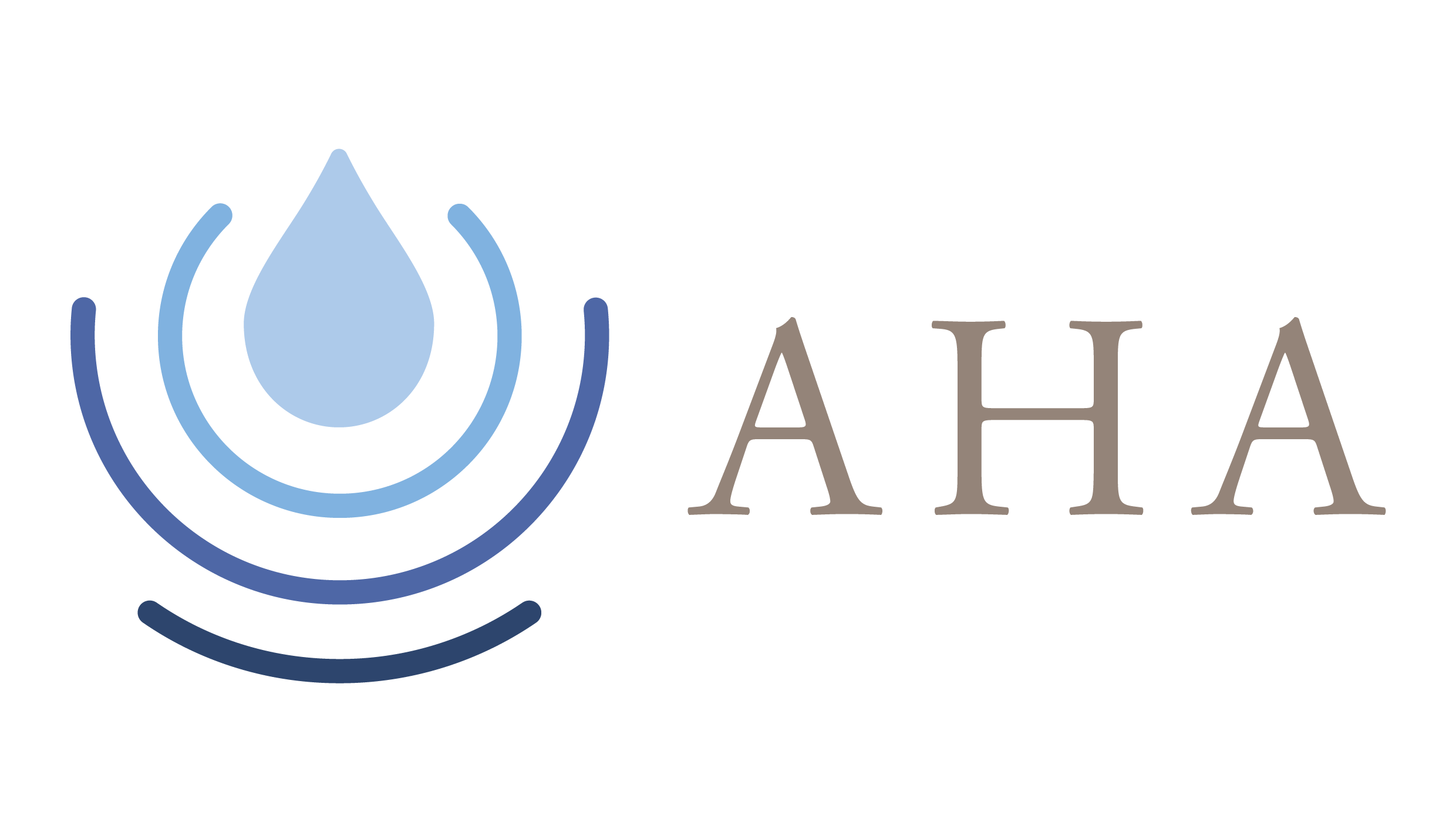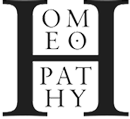Middle East & Asia
Homoeopathy is becoming popular in the United Arab Emirates (UAE). The UAE Ministry of Health recognizes and regulates the practice of homoeopathy in a systematic way. Both medical doctors and lay practitioners can practise homoeopathy but they all have to pass exams set by the Ministry, which cover both medical science and homoeopathy.
The Ministry of Health of Iran recognizes homoeopathy as a legal alternative treatment. The Iranian Homeopathic Association, formed with the permission of the Ministry of the Interior and the Ministry of Health, is the reference association for providing standards of homoeopathy. In Iran only medical doctors can practice homoeopathy.
In the Indian subcontinent there are more than 246,000 registered homoeopathic practitioners and approximately 7000 government clinics and over 300 hospitals that dispense homoeopathic medicines. Approximately 180 colleges train practitioners to the level of a Bachelor degree in homoeopathy, combined with surgery and gynaecology. In 1978 the Government of India established the Central Council for Research in Homoeopathy (CCRH) as an autonomous organization.1
The Government of Pakistan recognised homoeopathy as a legal mode of medical treatment in 1965. In 2012 the President of Pakistan signed the Drug Regulatory Authority of Pakistan Act (DRAP Act, 2012), which formed the Drug Regulatory Authority of Pakistan as the regulator of therapeutic goods in the country at the federal level. Modalities such as homoeopathy, Ayurveda and herbalism are now defined as medicines and are under the ambit of drug rules; a separate division, named Division of Health and OTC (non-drugs), has been established to regulate the assessment, licensing and registration of these medicines' manufacture and quality control.
Homoeopathy was unknown in Japan before 1996 but quickly became popular after the establishment of the Japanese Homoeopathic Medicine Association (JPHMA) in 1998 and the Japanese Physicians Society of Homeopathy (JPSH) in 2000. With the introduction of professional insurance for homoeopaths in 2005 and the establishment of a standard registration procedure, homoeopathy in Japan has become a self-regulated profession with several hundred practitioners.
References:
1 'History of Homeopathy', CCRH Official website; CCRH History, Central Council for Research in Homoeopathy.


